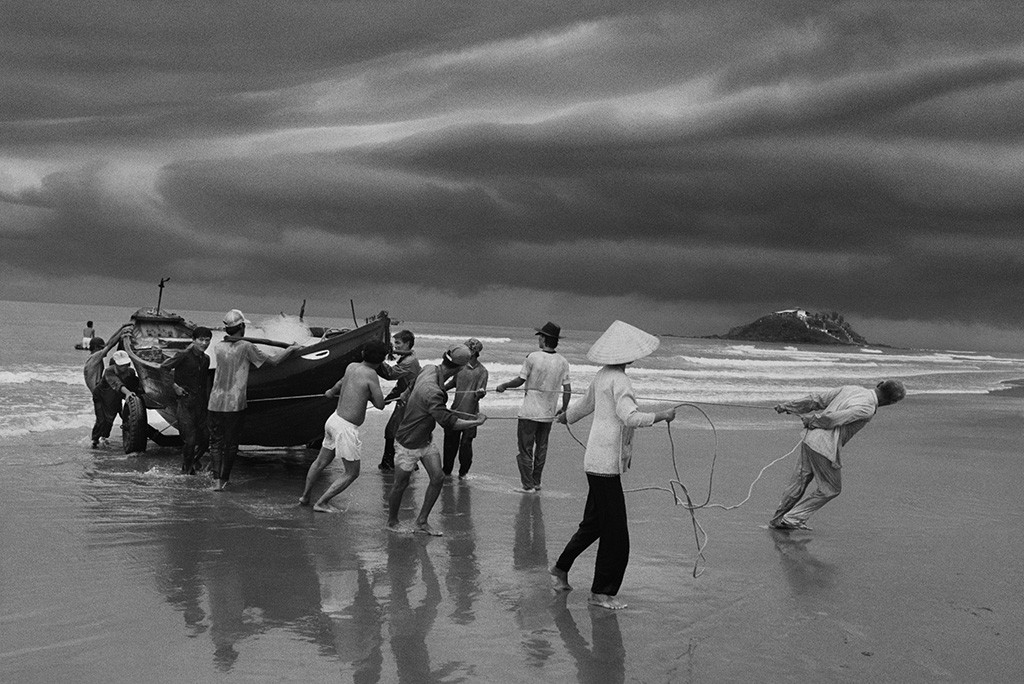Elements of the Humanistic Paradigm Summary
After the 2nd world war, a phase of reconstruction and cleansing started inFrance. Some French magazines wanted to focus on human aspects rather than post war analysis. Photographers were asked to take pictures documenting humanistic daily life scenes of typical French people, of the “classe populaire”. Photographers started capturing pictures of French couples kissing in public, at places that were typically French. These pictures were documentation of French daily life and showed the typical romantic aspect of the French people who don’t care about kissing in public; such an act is not considered strange in France.
For these photographs to serve their purpose of humanistic reporting and paradigm, they contained or showed six elements. Humanistic photography should contain these elements, and they are:
1. Universality, a representation of a universal act or idea, such as love or marriage
2. Historicity, a notable setting or background that shows time and place
3. Quotidienality, a representation of daily life, such as a reference to the class populaire, noticed through clothing for example
4. Empathy, complicity with the whole theme of the photo
5. Commonality, or a viewpoint that represents a viewpoint of any common person
6. Monochromacity, black and white to remove color distractions and make the photo a classic
In addition to these 6 elements, we can notice 10 general themes that were commonly used in humanistic photography or reportage. These are: the street, children and play, the family, love and lovers, Paris and its sights, homeless and marginal characters, fairs and celebrations, bistrots, housing and housing conditions, and work and craft.
A famous photographer who specialized in humanistic photography is Sebastiao Salgado, check out some of his work on these links:
http://www.photography-now.net/sebastiao_salgado/portfolio1.html
https://www.artsy.net/artist/sebastiao-salgado

